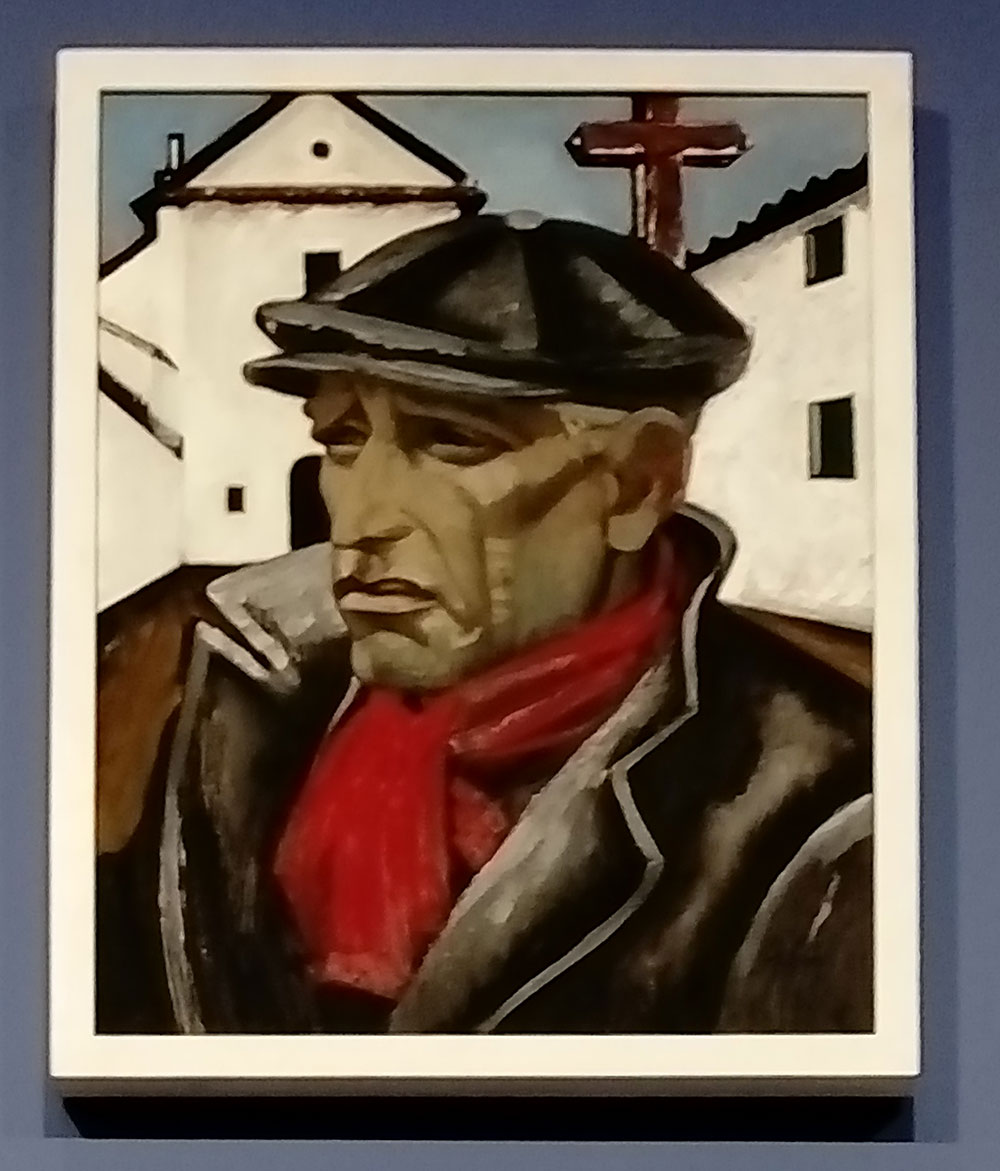I’d like to take this opportunity, now that the world cup trophy is in Russia, to talk about the soviet painters that visited Córdoba. There is little romanticism about it, they were painters coming from the Union of Soviet Socialist Republics in the 60’s and 70’s of the past century and, back then, not just anybody could go out of the country, much less artists, all-time suspects to the strict eye of the Soviet regime.
Tahir Salahov was born the 29th of November of 1928 in Baku (Azerbaijan). As of today, he lives and works in Moscow. He is considered one of the most important Russian painters of the XXth century. Salahov possesses every single possible award since he graduated from the Moscow School of Painting, Sculpture and Architecture in 1957. He was member of the Presidium of the Academy of Arts of the Soviet Union and honorary president of the International Association of Plastic Arts for the UNESCO (1982). In 1987 he was elected for the French Academy of Arts. He is also a corresponding member of the Royal Academy of Fine Arts of San Fernando in Madrid since 1998.
Tahir Salahov made a trip around Spain in 1978. It was an training trip in which he would visit the most important Spanish museums and some cities in the South of Spain, and Córdoba was among those cities. From his stay in Córdoba there are two known paintings, the first one, heading this article, is called “Cordobés” (Córdoba man). A 66x52 cm oil on canvas that can be seen today in the Russian Museum of Málaga, a small permanent collection that the Saint Petersburg museum has in Andalucía. The painting combines the two main themes of Salahov work: portraits and urban landscapes.

The second painting is the one above called “Córdoba. Spain”, a 71x89 cm oil on canvas that rests in Moscow. It depicts a hard-to-recognize square of Córdoba, although in 2009 we, members of the La Calleja de las Flores (the flower little street) local forum, found out its exact location: the Maimónides square seen from the door of the now Hotel Amistad. The key elements to figure it out can be seen in the left part of the canvas where the little arch where the street connecting to the Salazar Cardinal square begins can be appreciated. Above there are also the limestone rocks of the Saint Bartolome Chapel and, at the back, what used to be the Hospital, now the Humanities Faculty of Córdoba, can be seen. The house at the forefront is no longer there.
Salahov was not the only Russian artist visiting Córdoba those years. This next article we shall talk about an other painter that portrayed the Cappuccinos square and the Cristo de los Faroles (Christ of the Lanterns), one of the main features of the city.

